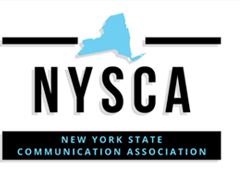Abstract
Globalization is a mantra nowadays that has been employed to describe the highly active exchange activities between countries and regions across the globe. It takes a multidimensional form, connecting people and things regardless of spatial and temporal confines, and permeating into all walks of life. Along with changes brought by this dynamic international interaction, a myriad of organizations, no longer isolated and static, are beginning to ride on this gravy train by expanding tentacles into every cranny and nook of the globe.
One of the challenges that is facing the multinational organizations is the increasing diversity of the workforce and similarly complex prospective customers with disparate cultural backgrounds. After all, language barriers, cultural nuances, and value divergence can easily cause unintended misunderstanding and low efficiency in internal communication in a multinational environment. It leads to conflict among employees and profit loss in organizational productivity. Therefore, in international organization, cross-cultural communication, also known as intercultural and trans-cultural communication, serves as a lubricant, which mitigates frictions, resolves conflicts, and improves overall work efficiency; likewise, it serves as coagulant, which integrates the collective wisdom and strength, enhances the collaboration of team work, and unites multiple cultures together between race and ethnicity, which leads to desirable virtuous circle of synergy effect.
This paper identifies three aspects of culture that constitute people’s understanding between each other in professional settings, namely, language and non-language code; cultural values and beliefs; as well as cultural stereotypes and preconceptions.
Recommended Citation
Li, Yue
(2012)
"Cross-Cultural Communication within American and Chinese Colleagues in Multinational Organizations,"
Proceedings of the New York State Communication Association: Vol. 2010, Article 7.
Available at:
https://docs.rwu.edu/nyscaproceedings/vol2010/iss1/7

